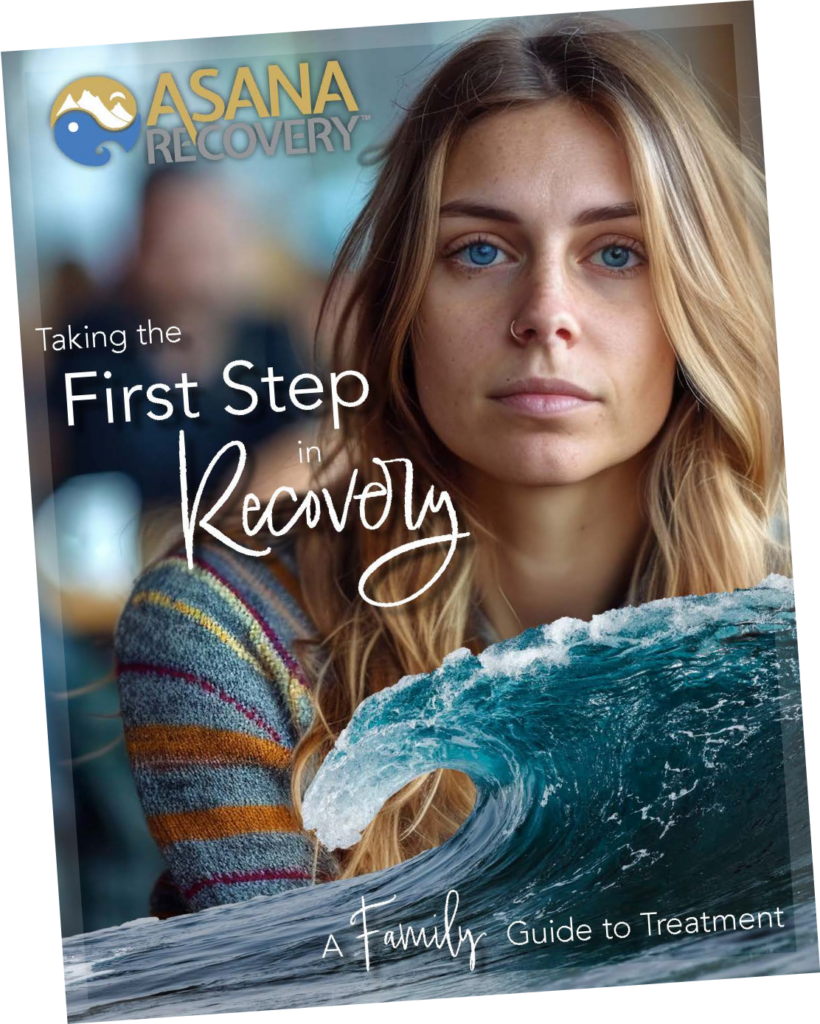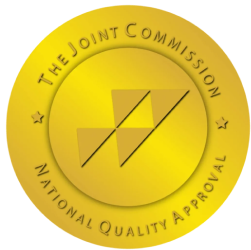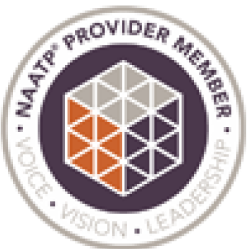Benadryl (diphenhydramine) withdrawal can occur in individuals who regularly use this common over-the-counter antihistamine, particularly when taken in high doses or for extended periods. While many consider Benadryl a harmless sleep aid or allergy medication, its prolonged use can lead to physical dependence and subsequent withdrawal symptoms.
Benadryl can produce feelings of relaxation and drowsiness, with high doses potentially causing hallucinations and delusions. Regular use, especially as a sleep aid, can lead to both physical and psychological dependence. The medication works by blocking histamine receptors and acting as an anticholinergic agent, which explains why stopping its use can trigger various withdrawal effects.
The withdrawal process typically manifests through several physical and psychological symptoms:
The Benadryl withdrawal experience typically follows a predictable pattern:
First 24 Hours
Initial symptoms emerge, including anxiety, muscle aches, and runny nose.
Days 1-3
Symptoms peak during this period, with possible irregular heartbeat and digestive issues.
Days 4-7
Most symptoms gradually subside, though some individuals may experience longer-lasting effects.

Withdrawal from Benadryl should be taken seriously, as severe cases can be life-threatening. Medical supervision is crucial, especially for those who have been taking high doses.
A gradual reduction in dosage is often recommended to minimize withdrawal symptoms. This approach helps the body adjust to decreasing levels of the medication while reducing the risk of severe withdrawal effects.
Treatment options include:
Additional coping mechanisms include:
Long-term Benadryl use can lead to serious health complications, including potential cognitive issues and increased risk of dementia. It’s essential to use this medication as directed and seek alternative treatments for chronic conditions requiring long-term antihistamine use.
Immediate medical attention is necessary if you experience:
Most people successfully overcome Benadryl withdrawal within a week, though individual experiences may vary based on usage patterns and personal health factors. With proper medical support and a structured tapering plan, the withdrawal process can be managed effectively.
Remember that recovery is possible with the right support and treatment approach. If you’re struggling with Benadryl dependence, consulting healthcare professionals can help ensure a safe and successful withdrawal process.
At Asana Recovery, we understand the challenges of managing dependence on over-the-counter medications like Benadryl. If you’re experiencing withdrawal symptoms or need help creating a safe plan to reduce your use, our compassionate team is here to guide you. With personalized treatment plans, medical supervision, and therapeutic support, we help you navigate the recovery process safely and effectively. Contact Asana Recovery today to learn how we can support your journey to improved health and well-being.


This book has helped so many men and women; and we want to give it you for FREE. Get signed up today and discover how to unlock the grip of addiction and get back to living your best life.
In this book, you’ll discover…
— The Most Common Misconceptions About Addiction and Rehab
— Why Rock Bottom is a Myth and What You Can Do About It
–The Steps to Healing From Trauma, Both Mentally and Emotionally
–And much more!

Asana Recovery is licensed and certified by the State Department of Health Care Services.


© Copyright 2024 Asana Recovery™ | All Rights Reserved | Privacy Policy
Asana Recovery
We firmly believe that the internet should be available and accessible to anyone, and are committed to providing a website that is accessible to the widest possible audience, regardless of circumstance and ability.
To fulfill this, we aim to adhere as strictly as possible to the World Wide Web Consortium’s (W3C) Web Content Accessibility Guidelines 2.1 (WCAG 2.1) at the AA level. These guidelines explain how to make web content accessible to people with a wide array of disabilities. Complying with those guidelines helps us ensure that the website is accessible to all people: blind people, people with motor impairments, visual impairment, cognitive disabilities, and more.
This website utilizes various technologies that are meant to make it as accessible as possible at all times. We utilize an accessibility interface that allows persons with specific disabilities to adjust the website’s UI (user interface) and design it to their personal needs.
Additionally, the website utilizes an AI-based application that runs in the background and optimizes its accessibility level constantly. This application remediates the website’s HTML, adapts Its functionality and behavior for screen-readers used by the blind users, and for keyboard functions used by individuals with motor impairments.
If you’ve found a malfunction or have ideas for improvement, we’ll be happy to hear from you. You can reach out to the website’s operators by using the following email
Our website implements the ARIA attributes (Accessible Rich Internet Applications) technique, alongside various different behavioral changes, to ensure blind users visiting with screen-readers are able to read, comprehend, and enjoy the website’s functions. As soon as a user with a screen-reader enters your site, they immediately receive a prompt to enter the Screen-Reader Profile so they can browse and operate your site effectively. Here’s how our website covers some of the most important screen-reader requirements, alongside console screenshots of code examples:
Screen-reader optimization: we run a background process that learns the website’s components from top to bottom, to ensure ongoing compliance even when updating the website. In this process, we provide screen-readers with meaningful data using the ARIA set of attributes. For example, we provide accurate form labels; descriptions for actionable icons (social media icons, search icons, cart icons, etc.); validation guidance for form inputs; element roles such as buttons, menus, modal dialogues (popups), and others. Additionally, the background process scans all the website’s images and provides an accurate and meaningful image-object-recognition-based description as an ALT (alternate text) tag for images that are not described. It will also extract texts that are embedded within the image, using an OCR (optical character recognition) technology. To turn on screen-reader adjustments at any time, users need only to press the Alt+1 keyboard combination. Screen-reader users also get automatic announcements to turn the Screen-reader mode on as soon as they enter the website.
These adjustments are compatible with all popular screen readers, including JAWS and NVDA.
Keyboard navigation optimization: The background process also adjusts the website’s HTML, and adds various behaviors using JavaScript code to make the website operable by the keyboard. This includes the ability to navigate the website using the Tab and Shift+Tab keys, operate dropdowns with the arrow keys, close them with Esc, trigger buttons and links using the Enter key, navigate between radio and checkbox elements using the arrow keys, and fill them in with the Spacebar or Enter key.Additionally, keyboard users will find quick-navigation and content-skip menus, available at any time by clicking Alt+1, or as the first elements of the site while navigating with the keyboard. The background process also handles triggered popups by moving the keyboard focus towards them as soon as they appear, and not allow the focus drift outside it.
Users can also use shortcuts such as “M” (menus), “H” (headings), “F” (forms), “B” (buttons), and “G” (graphics) to jump to specific elements.
We aim to support the widest array of browsers and assistive technologies as possible, so our users can choose the best fitting tools for them, with as few limitations as possible. Therefore, we have worked very hard to be able to support all major systems that comprise over 95% of the user market share including Google Chrome, Mozilla Firefox, Apple Safari, Opera and Microsoft Edge, JAWS and NVDA (screen readers).
Despite our very best efforts to allow anybody to adjust the website to their needs. There may still be pages or sections that are not fully accessible, are in the process of becoming accessible, or are lacking an adequate technological solution to make them accessible. Still, we are continually improving our accessibility, adding, updating and improving its options and features, and developing and adopting new technologies. All this is meant to reach the optimal level of accessibility, following technological advancements. For any assistance, please reach out to